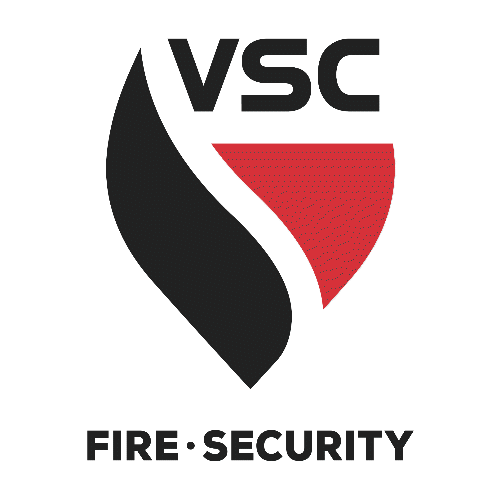Alarm employees are subject to the requirements established in OSHA’s General Industry standard, Part 1910. However, alarm installation and service conducted in construction environments are subject to requirements established in OSHA’s Construction standard, Part 1926.
| PPE | Service & Inspection (OSHA 1910) | Construction (OSHA 1926) |
|---|---|---|
| Hard Hats | Wear a hard hat when there is any potential for your head to make physical contact with overhead objects. | Must be worn at all times. |
| Safety Glasses must be worn when conducting tasks presented in the adjacent column: (Note: list is not “all inclusive”. For other tasks that present hazards to the eyes, Safety Glasses, Goggles or Face Shield must be worn as the hazard requires) |
| Must be worn at all times. |
| PPE | Service & Inspection (OSHA 1910) & Construction (OSHA 1926) |
|---|---|
| Prescription (RX) Lenses – Safety Glasses options for employees that wear prescription lenses. | Wear eye protection equipment over the RX lenses without disturbing the proper position of the RX lenses. Per OSHA, VSC will provide the eye protection equipment. This may include goggles or face shield. Use RX lensed safety glasses. In accordance with OSHA requirements, employees who select this option are responsible for the expense to purchase the RX safety glasses, which shall be safety rated lenses with side shields. |
| Protective Footwear | Impact resistant safety toed footwear per ANSI Z41. Never permitted: Tennis shoes or open-toed style shoes. Note: When working on construction jobsites, OSHA 1926 requires that you wear composite or steel toed over the ankle, construction style boots. |
| Hand Protection | Impact resistant safety toed footwear per ANSI Z41. Never permitted: Tennis shoes or open-toed style shoes. Note: When working on construction jobsites, OSHA 1926 requires that you wear composite or steel toed over the ankle, construction style boots. Attention: Where the job task involves exposure or contact with electrical panels, wiring, or any other conductive electrical device(s), wear only non-conductive footwear! Type 2 Cut Resistant Work Gloves required. (Type 2 cut rating is the minimum requirement) Specific tasks when Gloves are to be worn include, but not limited to: Fire Pump Test. Handling materials with sharp or pointed edges. Reaching into or climbing in overhead areas with inadequate lighting or visual obstructions including attics, crawl spaces and mezzanines. Moving and sorting through material by hand in vehicles or tool box to access items. Using blades, knives or other sharp edged instruments. Note: When tasks expose employees to electrical hazards, rubber insulating gloves or gloves specifically rated to work around electrical hazards are to be worn. Refer to Appendix G. Electrical Safety Policy for detailed requirements. |
| Safety Vests | Must be worn when working in construction environments subject to OSHA 1926 standards; Otherwise, you can wear florescent colored shirts or jackets. |
| Hearing Protection | Required when working in mechanical areas, around industrial processes or other equipment that creates exposure to noise levels in excess of 85 decibels. Refer to Appendix J. Hearing Protection Safety Policy for detailed requirements. As an example, a typical fire alarm emits decibels in a range of 65dB to 120 dB. Refer to Appendix J. to determine PPE requirements when conducting Alarm testing that exposes you to noise levels that require the use of Ear Plugs or an alternative form of PPE determined through the completion of a noise survey study and/or Activity Hazard Analysis (AHA). |
| Personal Fall Arrest System/Body Harness | Must be used when on a walking/working surface (horizontal or vertical surface) with an unprotected side or edge which is 6 feet or more above a lower level. This includes stairwells with missing handrails. Refer to Appendix D. Fall Protection Safety Policy for detailed requirements. Must be used when occupying a Mobile Elevated Work platform (MEWP). Refer to Appendix O. MEWP Safety Policy for additional requirements. |
| Respiratory Protection | Complete an AHA and review Safety Data Sheets (SDS) for any chemicals or airborne chemicals to determine the required PPE. Refer to Appendix K. Respiratory Safety Policy for detailed requirements. |
| Electrical Shock Exposure | Before performing tasks in any electrical panel or on equipment with exposed circuits, employees will review and comply with PPE requirements specified in Appendix G. Electrical Safety Policy, and Appendix H. Lockout/Tagout Safety Policy, and/or requirements provided in approved Arc Flash Awareness training programs. |
